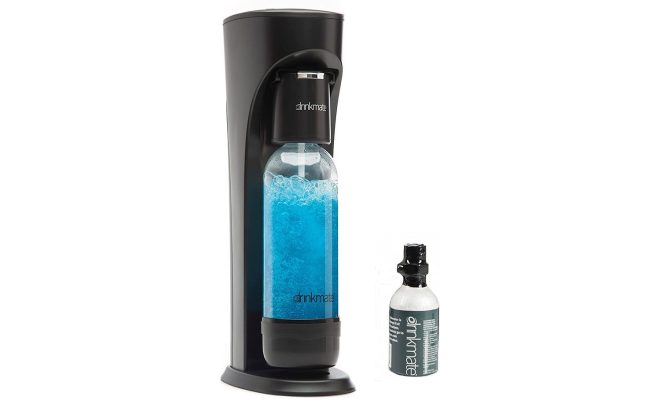Gym Equipment Finance

In the ever-growing fitness industry, equipping your gym or health club with the latest equipment to attract new members can become a significant expense. So, what are your options when it comes to financing gym equipment? This article will help you explore the best gym equipment finance alternatives available.
1. Equipment Leasing
Leasing is the most popular financing option that allows you to use the equipment for a fixed period in exchange for regular payments. The agreement usually covers maintenance and insurance expenses as well. At the end of the lease term, you can either purchase the equipment at a discounted price or renew the lease.
Pros:
– Little or no upfront cost
– Flexible lease terms
– Tax benefits
– Easy to upgrade to new equipment
Cons:
– Over time, leasing may be more expensive than purchasing outright
– You don’t build equity in the equipment
2. Business Loans
Taking out a business loan from a bank or credit union can be a suitable option if you want to own gym equipment immediately. You need a good credit score and sometimes collateral for approval, but this option allows you to purchase the equipment and pay back the loan over time.
Pros:
– You own the equipment immediately
– Can help build business credit
– Relatively low interest rates
Cons:
– Requires strong credit history
– Collateral may be necessary
– Loan approval can be time-consuming
3. Equipment Finance Agreement (EFA)
An EFA is structured similarly to a traditional bank loan but focuses on financing equipment specifically. This arrangement entails borrowing money from an equipment finance institution, buying and owning the equipment promptly, and repaying over an agreed period.
Pros:
– Ownership of the equipment
– Predictable terms and payment schedules
– Financing tailored to your specific needs
Cons:
– May require good credit history
– Collateral may be needed
– Could entail high down payments depending on lender requirements
4. Vendor Financing
Vendor financing entails working directly with the equipment manufacturer or distributor to arrange financing for equipment purchases. Typically, this involves purchasing the equipment at a higher price than the listed rate and then paying off the equipment cost plus interest over time.
Pros:
– Straightforward financing from the source
– Flexible repayment terms
– May offer better rates than traditional loans
Cons:
– Limited to specific equipment manufacturers
– Often requires excellent credit scores
– Prices may be higher than competitive market rates
5. Crowdfunding and Investment
A more unconventional option, crowdfunding involves gaining funds for equipment through donations or investments from multiple contributors online. You can also seek investment from private investors who will become equity partners in your business.
Pros:
– Ability to raise funds without traditional banking hurdles
– Offers creative funding options
– Potential publicity and customer base growth
Cons:
– Can take time to raise necessary funding
– Requires excellent marketing for successful campaigns
– Partial ownership may need to be relinquished in case of private investment
In conclusion, gym equipment financing can seem overwhelming, but with these options available, you can find the best solution for your business. Carefully weigh the benefits and drawbacks of each choice and select a financing plan that supports your long-term goals.




